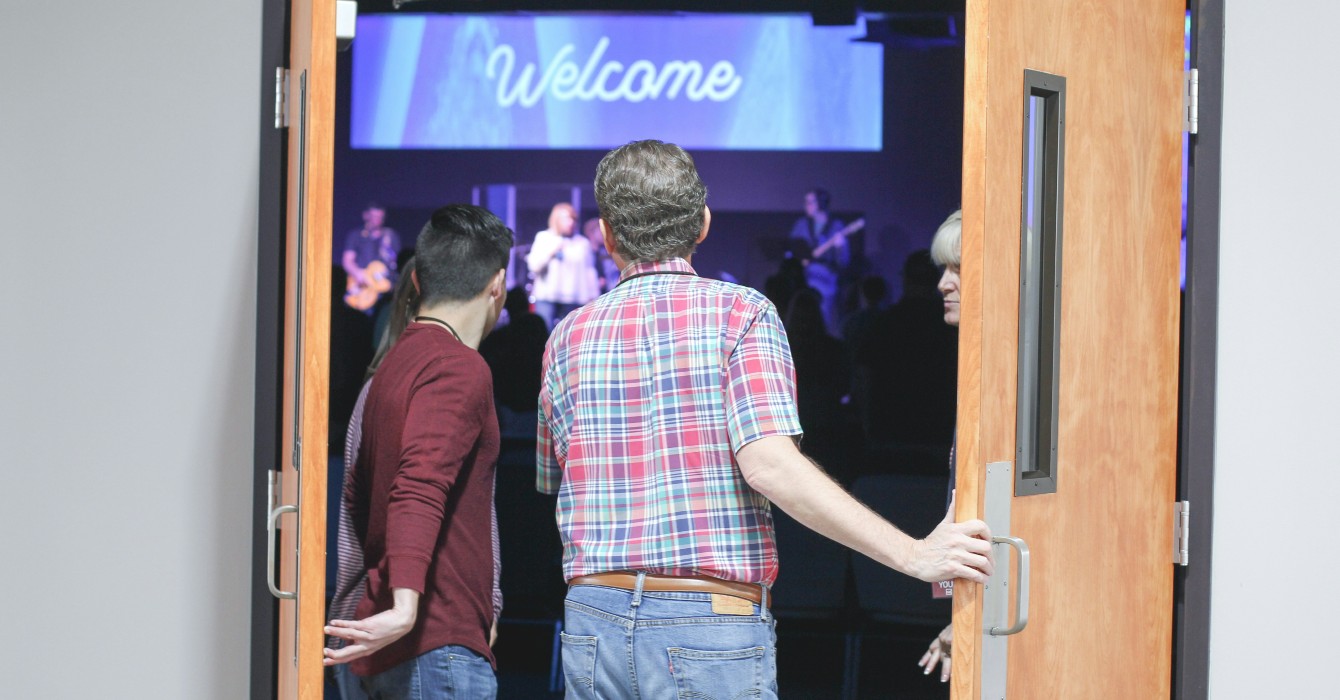Mainline churches have a problem. It costs too much to start a new church. There are two big expenses: salary and space. UMC ordained clergy cost at a minimum roughly $70,000/year when you include benefits (anyone have data on other mainline salaries?) and my church rents and pays $2,100/month for worship space and $700/month for office space.
What if you could plant a new worshiping community without either of those expenses?
You can: Launch a satellite.
My church leadership has a vision for launching seven satellites in seven different venues on seven days of the week. A big, hairy, audacious goal if I ever did see one. We’ve currently got two on the drawing board with launch dates of October 2012, and January 2013, and a team for the first one already meeting.
It’s my plan to let you walk alongside us through this crazy adventure over the next several months. In my next several blog posts, besides chronicling how this whole experiment goes (successes will be easy to share and hopefully I’ll have the courage to share failures too), I plan to tackle various issues: worshiping on days other than Sunday, composition of the ministry team, strategies for launching, and collaboration with other ministries.
But let me begin with a little bit of history about the idea itself.
I was at a “Church Planting 101” weekend that Dirk Elliot, the new, new church developer of the Detroit Conference, was putting on to begin the training and assessing of new church planters in his conference. I’m in the West Michigan Conference but collaboration with Detroit is a no-brainer. At this weekend I met John Ball, associate pastor of Brighton UMC, who has ventured out into the world of satellites by planting a church called Sanctus in a local bar.
Here’s what rocked my world: John said they meet in the bar for free! He explained that it is a win-win situation for both parties. The bar gets some regular customers and the church gets a free place to meet. They are currently in their fifth location, so there are apparently at least five bars in Brighton willing to work with churches and for free. Not to mention that John’s role as associate pastor at Brighton UMC covers his salary.
Space? Check. Salary? Check. There went those two obstacles for planting churches. All of a sudden I saw an opportunity to plant churches at low and potentially no cost.
John isn’t the only pastor doing this. Somehow by God’s grace through networking, I ended up on a conference call several weeks later with several other UMC churches around the nation which are doing something similar: Hope Gateway, The Vine, New Day, The Village Church, Urban Village Church, and After Hours Denver.
Our own church is exploring several low or no-cost options for where our satellites might meet. So far we’ve had promising conversations with a local coffee house where I hang out regularly (I am only in the office once a week), a pub where my wife and I frequently eat, a big downtown UMC church that has remarkable space and a shrinking community, and the local Michigan State University Wesley Foundation.
I’ve been a little surprised that all of these conversations have been fruitful. Doors are opening. One satellite seems imminent.
Seven still sounds a little crazy, but not quite as big and hairy as when our leadership team first discussed it.
Tom Arthur is pastor of Sycamore Creek United Methodist Church in Lansing, Michigan.






